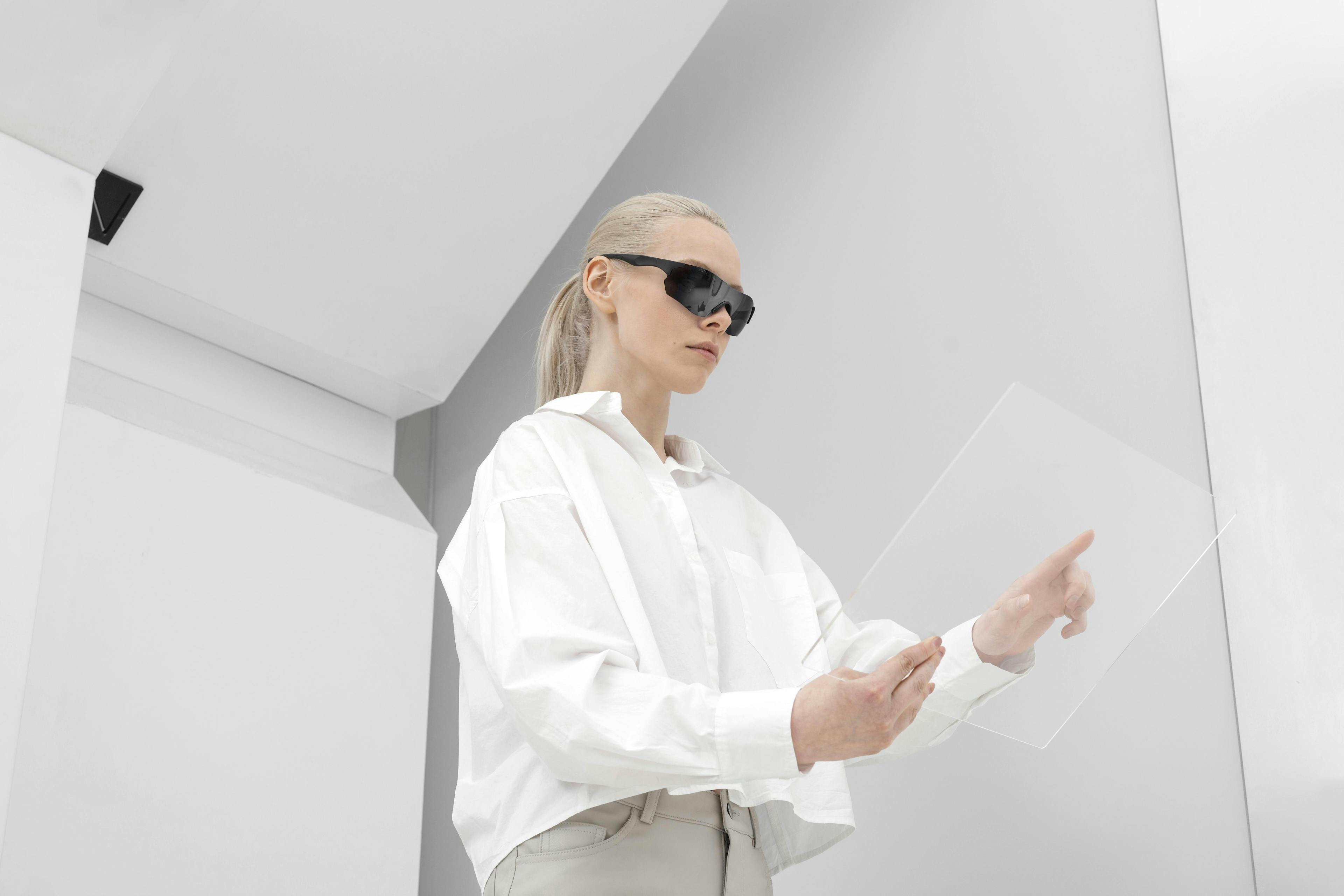It is time for fashion brands to represent more diversity
Customers expect fashion brands to represent diversity...
According to a survey conducted by Veesual in 2021, 60% of 18-24 year olds consider it important that fashion brands represent the diversity of the population.
A study published in March 2021 by Facebook Research showed that 71% of Internet users expect brands to promote diversity and inclusion in their online advertising.
It is therefore important for brands, and in particular for fashion brands, to highlight diversity and work on the inclusion and representation of all customers.
...but the fashion e-commerce experience still does not feel inclusive
According to our e-commerce customer experience survey, the first thing customers look at on fashion brand websites are images of clothes worn by models. These images that show the fall of the garment are an important element to help customers project themselves.
But many customers have told us of their frustration with these images, in which they do not recognize themselves.
"Models are too skinny"
"Not many Asians"
"Not diverse enough in terms of morphology."
are some of the comments customers left us when we asked them their opinion about the images used by fashion brands on their e-commerce sites.
So there is work to be done for fashion brands to improve diversity!
Diversity is an opportunity for fashion brands
Facebook's survey showed that 59% of Internet users say they are more loyal to brands that promote diversity and inclusion.
In addition, according to a study conducted by Dr. Ben Barry of Ryerson University in Toronto, purchase intent increases by up to 300% when customers see the product being worn by a model who resembles them, whether in terms of body type or ethnicity.
- A woman who sees a garment worn by a model the same size as her or larger is 3 times more likely to buy than if the model is thinner
- A woman who sees a garment worn by a model her own age is 2.75 times more likely to buy than if the model is younger
- A black woman is 1.5 times more likely to buy if the model is black.
Conversely, purchase intention decreases when the customer does not feel represented by the mannequin.
Improving diversity and inclusion is not only a societal and political commitment issue for brands. It is also an opportunity to improve their business performance in terms of engagement, loyalty and conversion.
How to make your customer experience more inclusive?
Include more diverse models in your photoshoots for more representation
To be more representative, it is necessary to show models that reflect the diversity of the brand's customers. More and more fashion brands are using models of various morphologies, sizes and ethnicities on their e-commerce sites.
The brand Tommy Hilfiger, for example, has in recent years put diversity and inclusion at the heart of its values and has been noticed for its daring castings featuring models with diverse morphologies that have been acclaimed by customers.
Multiply images to show each garment on several models
Showing each garment on several mannequins allows each user to better project himself with each product. There are immediate benefits for fashion brands in terms of conversion.
But organizing shoots with many models can be costly and time consuming. Fortunately, there are now advanced technologies that allow you to multiply the images to present each garment on different models, without having to shoot all the photos in the studio.
British e-commerce giant ASOS introduced a feature in 2020 called SeeMyFit, which used a technology that blended augmented reality and artificial intelligence to allow Internet users to visualize each dress on the mannequin of their choice from a selection of 16 different sizes.
Let customers express their identity by choosing their model
Letting customers choose their mannequin means letting them express their identity through their online shopping.
When customers see clothes worn by a model that looks like them, they feel represented and it is easier for them to project themselves. Their purchase intent increases, they are less likely to return items and their loyalty increases.
By giving them the choice to select the model they identify with, the brand is being inclusive and respectful. It's also an opportunity to open up new market segments, including populations that have not been represented in the choices made by the DA during photoshoots.
At Veesual, when we set up a virtual fitting room on fashion brands' e-commerce sites, we recommend including models with different profiles than those chosen for the editorial campaigns.
For example, it is an opportunity to present some collections in unisex mode, giving the choice of the model's gender!
Empower customers to choose their own style
In-store, it's easy to put together product assortments on the fly on the way to the booth to build your own look. Customers express their own style through the brand's collection, without necessarily following the recommendations of the DA.
Online, we are often dependent on recommendations of complementary items. But there is a real interest in letting customers compose their own look, Mix&Match style. That's what being inclusive is all about: letting people choose how to wear their clothes.
Setting up a virtual fitting room like Veesual's Model Try-On can help you encourage your customers to match your clothes the way they want. By letting them choose, you encourage them to increase the number of items per cart and generate more cross-sell.
By allowing customers to visualize the look that inspires them on the mannequin they identify with, virtual fitting modules such as Model Try-On make the customer experience more inclusive on fashion e-commerce sites.
This allows brands not only to promote values of diversity and representativeness but also to increase their e-commerce performance by improving loyalty, conversion and cross-sell.
RESOURCES
Discover our new article

"Complete the Look" Banners : is it enough ?
Scroll through any product page on a fashion eCommerce site and chances are you’ll see it: a “Wear it With” or “How to Style It” section, usually nestled just beneath the product. These are variations of what many fashion brands refer to as “Complete the Look” banners—a quick way to suggest complementary items that finish an outfit.

Has Online Shopping Lost Its Spark?
For years, e-commerce has delivered on convenience, speed, and scale. But something essential may have been lost along the way: the joy of shopping.

5 Ways Virtual Fitting Can Elevate Your Fashion Brand’s Online Presence
Virtual fitting has become a must-have in fashion e-commerce. Just like everything in fashion, ignoring the trend means falling behind. Virtual Fitting is more than a nice-to-have, it boosts your online shopping experience while making it more accessible and engaging for everyone.

